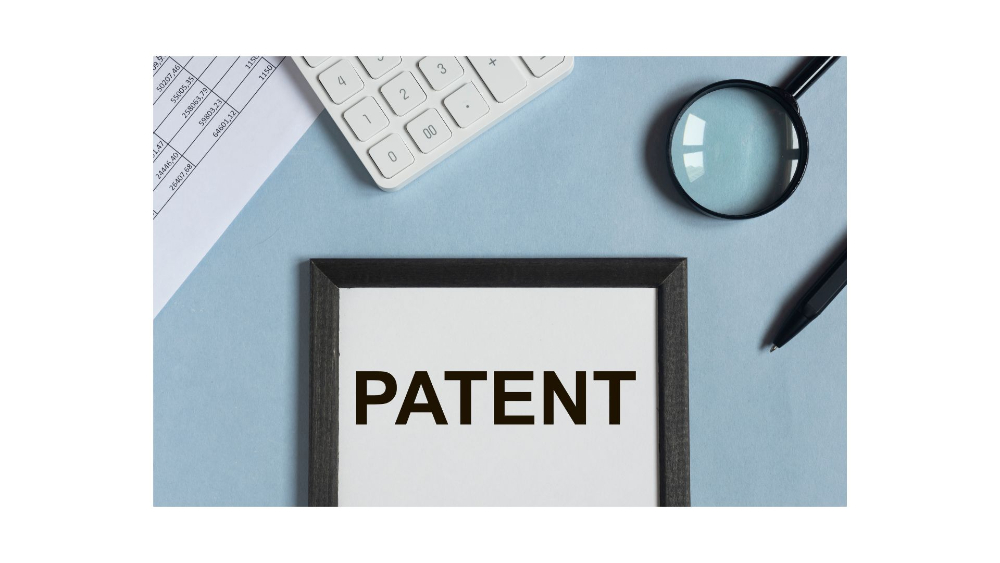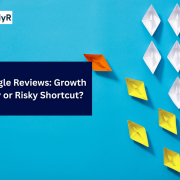Across the metro, from the Crossroads to Overland Park, Kansas City businesses are leaning hard into digital, because that’s where customers discover, compare, and decide. This article maps the most practical opportunities on the table right now: improving visibility, strengthening brand presence, and connecting with local audiences using affordable, high-impact tactics. Drawing on patterns seen by seasoned teams, such as Comrade Digital Marketing and every experienced Kansas City Digital Marketing Agency, it highlights what’s actually moving the needle for small and midsize firms without bloating budgets.
Why Kansas City firms are diversifying digital strategies
Kansas City’s business landscape is wide and wonderfully varied: legacy manufacturers, scrappy startups, iconic restaurants, and fast-growing home services. With audiences spread across platforms and devices, relying on a single channel has become a risky bet. Algorithm changes, rising ad costs, and shifting consumer behavior push firms to diversify, not for the sake of doing more, but to stabilize results and compound gains over time.
They’re mixing search, social, email, content, and local partnerships so each piece supports the others. A boutique in Brookside, for example, might pair Google Business Profile updates with Instagram Reels, then retarget site visitors with low-cost ads during weekend foot traffic peaks. A professional services firm in the Crossroads could publish educational articles, layer in LinkedIn thought leadership, and use targeted search ads to capture high-intent queries.
This omnichannel approach fits how Kansas Citians buy: they read reviews, save posts, ask neighbors, and then call or book online. Agencies that serve the area, Comrade Digital Marketing among them, tend to prioritize durable assets (SEO, content, first-party data) while using paid media tactically for momentum and testing.
Affordable approaches balancing SEO and paid ads
For most local businesses, the winning mix is a steady SEO engine plus tightly controlled paid campaigns. The aim is simple: build compounding visibility while using paid placements to fill gaps and accelerate what’s working.
A practical framework:
- Build the SEO base
- Fix technical site issues, improve speed, and ensure clean navigation.
- Create locally relevant content: service pages for Overland Park, Lee’s Summit, North Kansas City: FAQs: and topical posts that map to real queries.
- Strengthen the Google Business Profile with photos, services, reviews, and weekly posts.
- Earn citations and local links via chambers, associations, and sponsorships (think First Fridays, neighborhood events).
- Layer paid media with precision
- Search ads on high-intent keywords (brand + service): keep tight match types and strong negative keyword lists.
- Local Services Ads for eligible categories (legal, home services) to pay per qualified lead.
- Retargeting to re-engage site visitors at low cost.
- For eCommerce, test Performance Max with clear product feeds and seasonality rules.
- Geo-fence thoughtfully, near event hubs like the Power & Light District on weekends or around trade show venues for B2B.
- Budget logic that scales
- Early-stage or new-market pushes may lean 60% paid / 40% SEO for speed, then flip to 60–70% SEO as organic traction grows.
- Always-on brand protection in paid search is inexpensive insurance.
- Track conversions obsessively, calls, forms, bookings, and shift budget to the lowest blended cost per acquisition.
This balance keeps spend efficient and future-proof. It’s also where a Kansas City Digital Marketing Agency or Comrade Digital Marketing can compress the learning curve with proven account structures and local keyword intelligence.
Strengthening branding through community-focused content
Brand preference in Kansas City is built in public, often through community ties. When companies show up for local causes, spotlight neighborhood stories, and collaborate with creators who actually live here, the brand feels familiar, trusted.
What’s working now:
- Tell real, local stories: highlight staff volunteering with Harvesters, behind-the-scenes prep for First Fridays in the Crossroads, or supplier partnerships in the West Bottoms.
- Partner with micro-influencers who routinely attend Chiefs and Royals games, know the barbecue scene, and speak in a voice locals recognize.
- Create “useful” content with a local twist: homeowner maintenance checklists by season, small business funding explainers timed to city grants, or neighborhood spotlights.
- Encourage user-generated content with simple prompts: tag the business at Westport events, share before/after projects in Brookside, or run monthly photo features.
Branding isn’t fluff when it’s tethered to action. Expect lift in direct traffic, higher click-through on ads, and stronger review volume, signal boosters that feed both SEO and paid performance.
Latest social media adoption patterns in Missouri businesses
Local firms aren’t chasing every trend: they’re adopting platforms where local customers actually engage.
- Instagram and TikTok: Short-form video is the standout. Reels and TikTok clips showcasing quick tips, food prep, “day in the life,” or project reveals perform well. Spark Ads and Reels Boosts extend reach cost-effectively.
- Facebook and Nextdoor: Still essential for neighborhood reach. Events, local offers, and community updates get traction. Advantage+ Local Awareness campaigns on Facebook help brick-and-mortar stores.
- LinkedIn: B2B brands tap employee-led content and founder posts, plus targeted ads around industry hiring and the KC Tech Council ecosystem. Thought leadership beats generic company updates.
- YouTube Shorts: An emerging add-on for the same vertical video, now discoverable via Google results. Strong for tutorials and testimonials.
- Messaging and DMs: More customer service happens in Instagram and Facebook Messenger. Quick replies and chat handoffs to SMS or phone accelerate bookings.
Most importantly, content is planned against the calendar that locals live by, sports seasons, festival weekends, weather swings, so it feels timely rather than templated.
Website optimization practices boosting conversions locally
Clicks only matter if they turn into calls, bookings, and carts. In Kansas City, high-converting sites tend to share a few traits.
Conversion-first UX
- Prominent, persistent CTAs: click-to-call, book online, get a quote: keep them visible on mobile.
- Frictionless forms: 3–5 fields, autofill enabled, optional file/photo upload for service requests.
- Live chat or quick-response widgets during business hours: route after-hours to a clear contact path.
Local trust and clarity
- Social proof with place context: “Roof replacement in Waldo,” “Catering for River Market event,” plus photo proof.
- Embedded Google map, NAP consistency, and driving/parking notes for city venues.
- Accessibility (WCAG-minded color contrast, keyboard navigation) and language options where relevant, including Spanish.
Search visibility baked in
- LocalBusiness, Review, and FAQ schema to enhance rich results.
- Clean URL structure and internal links to neighborhood/service-area pages.
- Image optimization with descriptive alt text tied to real locations.
Speed and stability
- Solid Core Web Vitals on mobile, optimized images, and modern caching/CDN.
- Reliable hosting to handle traffic spikes after media mentions or game-day promos.
Add A/B testing for headlines and CTAs with tools like VWO, Optimizely, or Convert, and watch form start rate, call clicks, and appointment completions climb.
Real-time data insights driving small business growth
The quickest wins come from seeing signal early and acting on it. GA4, Search Console, and ad platform insights make that practical, if they’re wired to decisions.
- Set up meaningful events: phone clicks, chat starts, quote requests, booked appointments, in-store directions.
- Build a simple Looker Studio dashboard that blends GA4, ad spend, call tracking (e.g., CallRail), and revenue or job values.
- Use alerts for anomalies: a surge in “emergency AC repair” searches during heat spikes, or rising ROAS on a new product line, then reallocate budget within hours.
- Lean into first-party data: consent-based email/SMS lists, loyalty enrollments, and CRM fields (ZIP code, service type) to drive segmented campaigns.
- Consider server-side tagging for cleaner attribution as privacy changes roll on.
Micro-tests, new headlines, shorter forms, or a video ad variant, help teams pivot fast. Agencies serving the metro, including Comrade Digital Marketing, often anchor monthly reviews around this data so tactics stay honest and accountable.








Comments